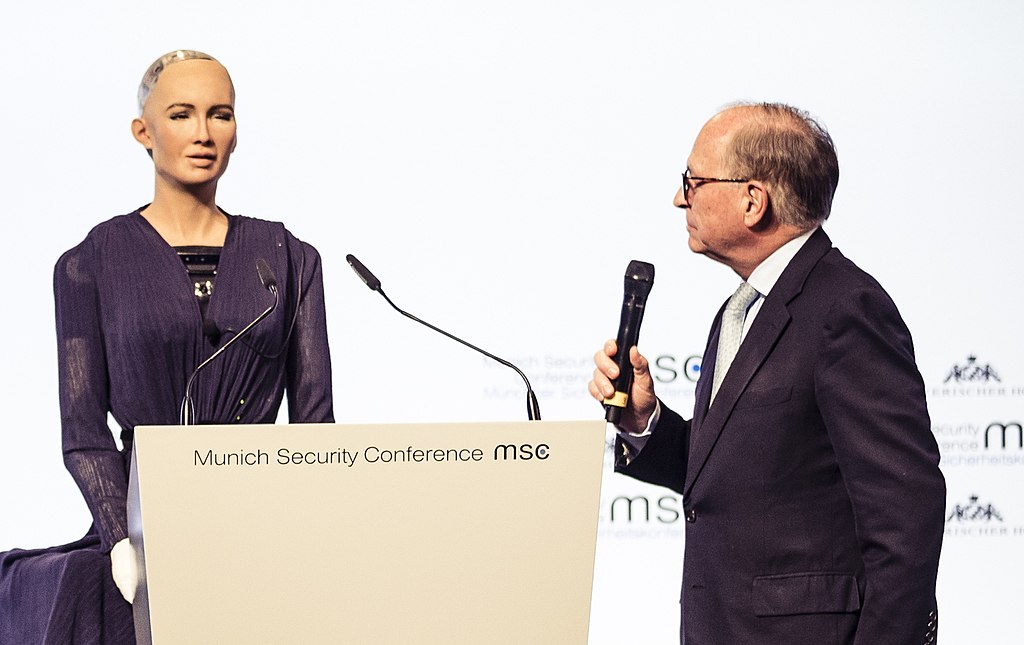
A Case for Humanizing Your Brand's Internal Marketing Language
Not much can make a marketer roll her eyes harder than the word “authenticity.” It’s hard to define and even harder to achieve when you’re trying. However, it’s a necessary frustration for businesses who want to connect with their customers, especially since the next generation of consumers consider authenticity “the most important value.”
As a relationship-oriented marketing agency driven by the principle that “people buy from people,” this is a conversation we have with clients all the time: how do you come across as an authentic company? The answer can be complicated and is always specific to each brand, but I believe a better question to get started is, “How does our marketing mirror our humanity?”

What does it mean to be human?
If “people buy from people,” then your company needs to center people in its branding and marketing. And to do that, you need to decide how your brand, product or service is like a person. And to do that, you need to understand what makes humans… human.
There are several traits that are special to Homo sapiens. The characteristics that are important in a marketing setting are (a) our use of symbolic language, (b) our self-awareness and (c) our moral sensibilities. If you have a complete brand book, then you should have guidelines around how to talk about your brand and your audience, as well as your company’s values. But how ingrained are those in your marketing materials? Do they really shine through? When was the last time you conducted a survey with your customers or partners to ensure they understood who you are and what you stand for?
One of my favorite brand exercises is to personify your brand and then wax philosophical about how it would handle common human experiences, like if a friend said they needed to talk at 2:00am or if you’re talking to a stranger and they keep cutting you off when you speak.
How can brands be more human?
One of the clearest ways to humanize your brand to others is to humanize your marketing language internally. Decide how you talk about yourself and to your audience in a way that reflects your brand’s humanity. I recommend sitting down with your marketing team—and, ideally, brand ambassadors from other departments—and exploring your company policies, procedures and practices. Here are five tips on what to explore:
1. Avoid terms like “consumers” and “users.”
Give people their humanity. As a communications theory nerd, I love to reference the Sapir-Whorf Hypothesis, which essentially says that your language shapes your reality and vice versa. No matter how much you believe in your brand’s and your audience’s humanity, if your internal documents call someone a “buyer” or Customer ID #2945, then you’re shaping your team’s perception of who you serve. Opt for words like “person” or “mompreneur,” or (even better) use customers’ real names.
2. Speak like your audience speaks.
 Do your research and understand how your audience talks. You have to speak the same language or else you will never be in the same conversation. Once you’ve set internal vocabulary that’s relevant to your audience, it’s important to institutionalize it. Put it in your employee handbook, your style guidelines, your training manuals, etc. When you talk like your audience—use their lingo, mimic their dialect, etc.—across all aspects internally, it will be more natural in your marketing materials externally.
Do your research and understand how your audience talks. You have to speak the same language or else you will never be in the same conversation. Once you’ve set internal vocabulary that’s relevant to your audience, it’s important to institutionalize it. Put it in your employee handbook, your style guidelines, your training manuals, etc. When you talk like your audience—use their lingo, mimic their dialect, etc.—across all aspects internally, it will be more natural in your marketing materials externally.
3. Curate a strong engagement strategy.
Humans are social beings, so knowing how to engage with them in ways that align with your values and language is key. Also, it can’t be understated how critical universal tone and strategy is. Imagine if another person acted one way yesterday and a completely different way today and then a third way tomorrow. You wouldn’t know what to believe about who they are. The same goes for your brand. If a customer sees one tone on social and another on the website, and then has a wildly different interaction in live chat, you’re curating a poor human experience—and coming off as pandering. As counter-intuitive as it may sound, develop customizable templates to ensure everyone across the board represents the brand in the same way.
4. Forgo jargon and hifalutin team titles.
Even if you’re a luxury brand, your customers should know what you’re talking about. Your research or manufacturing team may need to know 30-letter-long words that describe your products or processes, but I can guarantee you that your customers do not. And honestly, most of your team probably doesn’t either. Keep it simple internally so that unnecessary complexity doesn’t spill out externally. A great place where you can simplify is your team titles. Customer Support Specialist sounds way more human than Chief Experience Curator or whatever.
5. Be realistic about motives and values.
There should never be a disconnect between what you say your motives and values are internally versus what you say they are to your audience. Most people would rather you say you don’t care and stay true to your word than to say you do care and fall short. And let’s be real: it’s impossible to care about all of the things all of the time. Companies, like humans, have to choose where to focus their attention. If you try to bullshit yourself, your clients or customers will be able to tell.
What to do next?
Revisiting and potentially revising your internal marketing language and branding documents is a herculean endeavor. Whether you want a team to hold your hand through the process, or you need experts to tell you what to do once your brand has evolved, we’re up to the task! Our wonderful humans have years of expertise in (re)branding and engagement. Let’s talk about how to make your brand more human.
Cody H. Owens,
Content Director